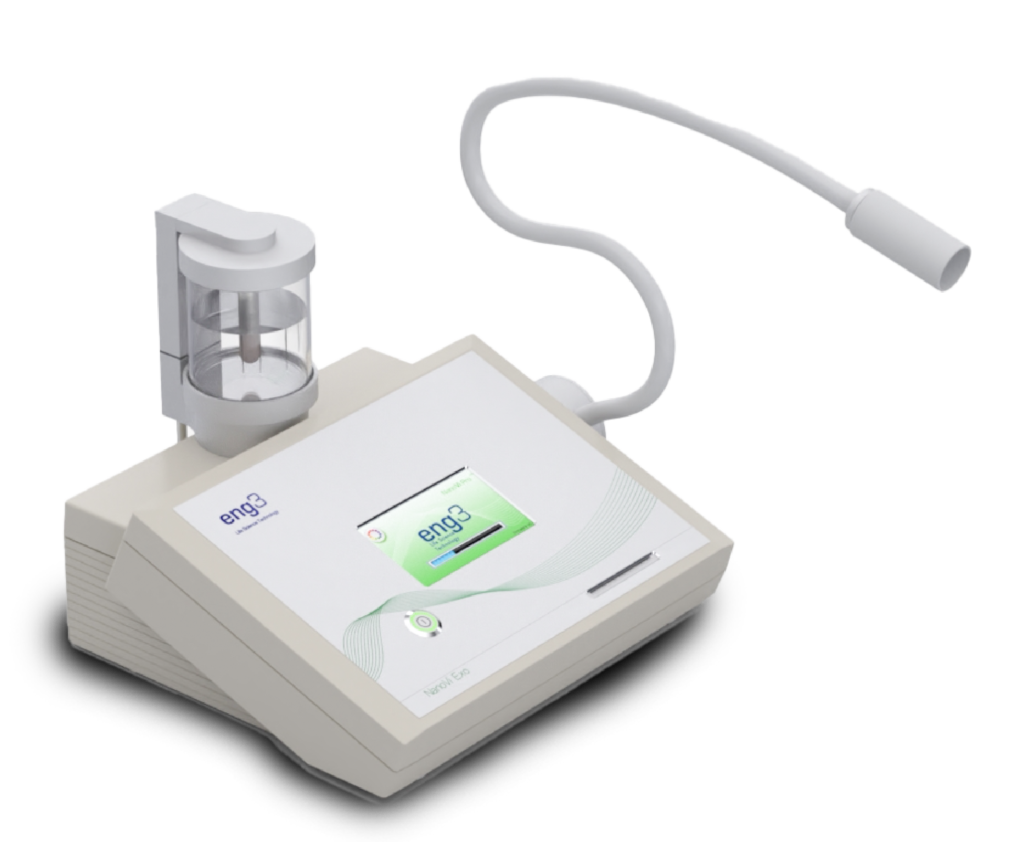A recent study of the influence on NanoVi on humidified air confirms that it leads to the formation of EZ water.


Tests were done on deionized pure water and two types of mineral water. Various buffers were used, and researchers considered numerous points in time to establish possible effects. Output from the NanoVi device is referred to as CoHu, short for coherent humidity. CoHu is a distinct type of humidity because it contains coherent domains that lead to the formation of EZ water on surfaces. Each experiment compared CoHu (NanoVi-treated humidity) to output from a disabled device (non-CoHu), and to a control.
To determine whether the output of NanoVi could be verified as “EZ-like”, researchers invested four different attributes of EZ water including: redox potential; surface tension; dielectric constant; and pH. For each of the four areas investigated, multiple experiments were designed and run on the three different types of water. The resulting 15-page article is detailed and dives deeply into water science. While the paper itself may be obscure to non-scientists, the results are clear. NanoVi changes physical and chemical properties of water to properties that are indicative of EZ-water.
Highlights
It is impossible to do justice to detailed scientific analysis in a short space, reading the article is necessary to get the whole picture. Below are summary points for each area of investigation:
- For Redox potential, Yablonskaya and her team found that for all three types of water studied, samples treated with CoHu were statistically different from the two control groups.
- Results were similar for surface tension although one type of mineral water was less strongly influenced by the NanoVi than the other two types of water studied.
- Dielectric constant increased in samples that were treated with CoHu and did not significantly differ in samples that were treated with non-CoHu.
- To determine changes in pH, investigators used both bicarbonate and phosphate buffers and introduced either hydrogen chloride or sodium hydroxide (lye). They concluded that treatment with NanoVi CoHu differed significantly from the control and non-CoHu samples.
Results of this study consistently confirm that the NanoVi device generates humidity with coherent domains that lead to the formation of EZ water on surfaces and that no such changes occur with untreated humidity. Researchers concluded that once treated with NanoVi, the humidity carries a physical signal that affects water properties.
If you’d like to learn more about the NanoVi device, its proven benefits, and the price, sign in below.
If you have any questions about how NanoVi can take your recovery, training, and performance to the next level – or anything else please put a note in the comment box.
Abstract
Physicochemical Effects of Humid Air Treated with Infrared Radiation on Aqueous Solutions
Olga Yablonskaya 1, Vladimir Voeikov 2, Ekaterina Buravleva 2, Aleksei Trofimov 1 and Kirill Novikov 2
__________
1 N.M. Emanuel Institute of Biochemical Physics, RAS RAS, 119334 Moscow
2 Faculty of Biology, M.V. Lomonosov Moscow State University, 119234 Moscow, RussiaAbstract: Water vapor absorbs well in the infrared (IR) region of the spectra. On the other hand, it was recently demonstrated that IR radiation promotes formation of the so-called exclusion zones (EZ) at the interfaces between hydrophilic surfaces and water. EZ-water properties differ significantly from that of bulk water. It was studied for the first time whether treatment of water with humid air irradiated with IR-C band could change its physical-chemical properties, making it EZ-water-like. Humid air irradiated with IR was called coherent humidity (CoHu). Redox potential and surface tension decreased in deionized water and mineral water samples that were treated with CoHu, while dielectric constant increased in such water samples. After such treatment of carbonate or phosphate buffers, their buffer capacity against acidification and leaching significantly increased. No such changes were observed in water samples treated with non-irradiated humid air. Thus, after treatment of tested aqueous systems with humid air exposed to IR radiation, their properties change, making them more like EZ-water. The results suggest that IR irradiation of humid air converts it into a carrier of a certain physical signal that affects water properties.
Source: Yablonskaya, O.; Voeikov, V.; Buravleva, E.; Trofimov, A.; Novikov, K. Physicochemical Effects of Humid Air Treated with Infrared Radiation on Aqueous Solutions. Water 2021, 13, 1370.




